
Wan Lin Chang:
On a late autumn night, after finishing a watercolour workshop at the Art de Corner in Tainan, Taiwan, Yi Chen led Luke and me through winding alleys as we strolled toward dinner. Along the way, we shared thoughts about our current projects, how
Traditional Chinese characters evolved from pictographs, and the cultural roles rivers play in two ancient cities—London and Tainan. It was this kind of grounded, life-infused conversation that sparked the beginning of our collaboration. Through Luke’s introduction, this connection led to the five-day art workshop at City & Guilds of London Art School, taking place from 30 June to 4 July.
When I was seventeen, after much discussion with my sister, we chose London—a city rich in history and cultural diversity—as the destination for my first solo journey. I still remember the red buses weaving past tall white stucco buildings under the vivid blue sky. We spent a beautiful summer immersed in the neighbourhood of Bloomsbury and the University of London, which opened up a new space of imagination and practice within our worldview.
I returned regularly as a traveller, before coming to study my Masters at University of the Arts London, and returning again for exhibitions—each shift in role adding to the layers of lived experience within my practice. Now, sharing a five-day workshop through City & Guilds of London Art School feels like a continuation of that exchange—an ongoing dialogue between giving and receiving.
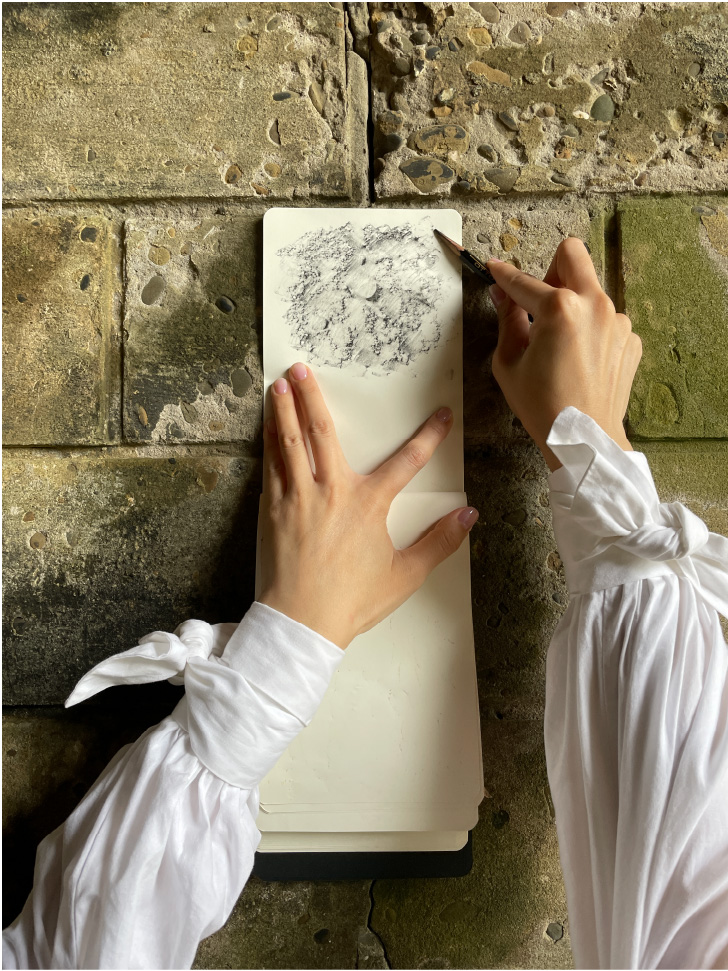
是什麼契機讓你受邀參與此
次工作坊?這對你個人與專
業上的意義為何?
張婉琳:
一個秋末的夜晚,在台南小轉角的水彩工坊結束後,宜蓁帶著Luke 跟我穿梭在巷弄間,散步前往晚餐的路上。我們分享著彼此正在進行的創作、繁體中文如何從象形發展出文字,以及河流在倫敦與台南兩古城間扮演的人文角色。如此生活感的對話,開啟了此合作的契機,並透過Luke的引薦,促成此五天從6月30日至7月4日在 City and Guilds of London art school 的藝術工作坊 。
十七歲時與妹妹討論許久後決定了第一個獨自旅行的城市,是融合歷史與多元文化的倫敦 。 紅色巴士在白色灰泥塗料高聳建築旁穿梭 , 襯著湛藍天際 , 我們在 Bloomsbury的街區與倫敦大學校園度過一段美好的夏日旅讀時光,也開啟我們在世界觀裡的另一個想像與實踐。
再後來以旅人的身份一再的回訪,在倫敦藝術大學完成碩士學位,再回到倫敦展覽,這些身份的變化與累積,變成創作裡的生活經驗,而如今再透過City and Guilds of London art school 分享一個五天的藝術工作坊,是一段在給予與獲得雙向間的延續與實踐。
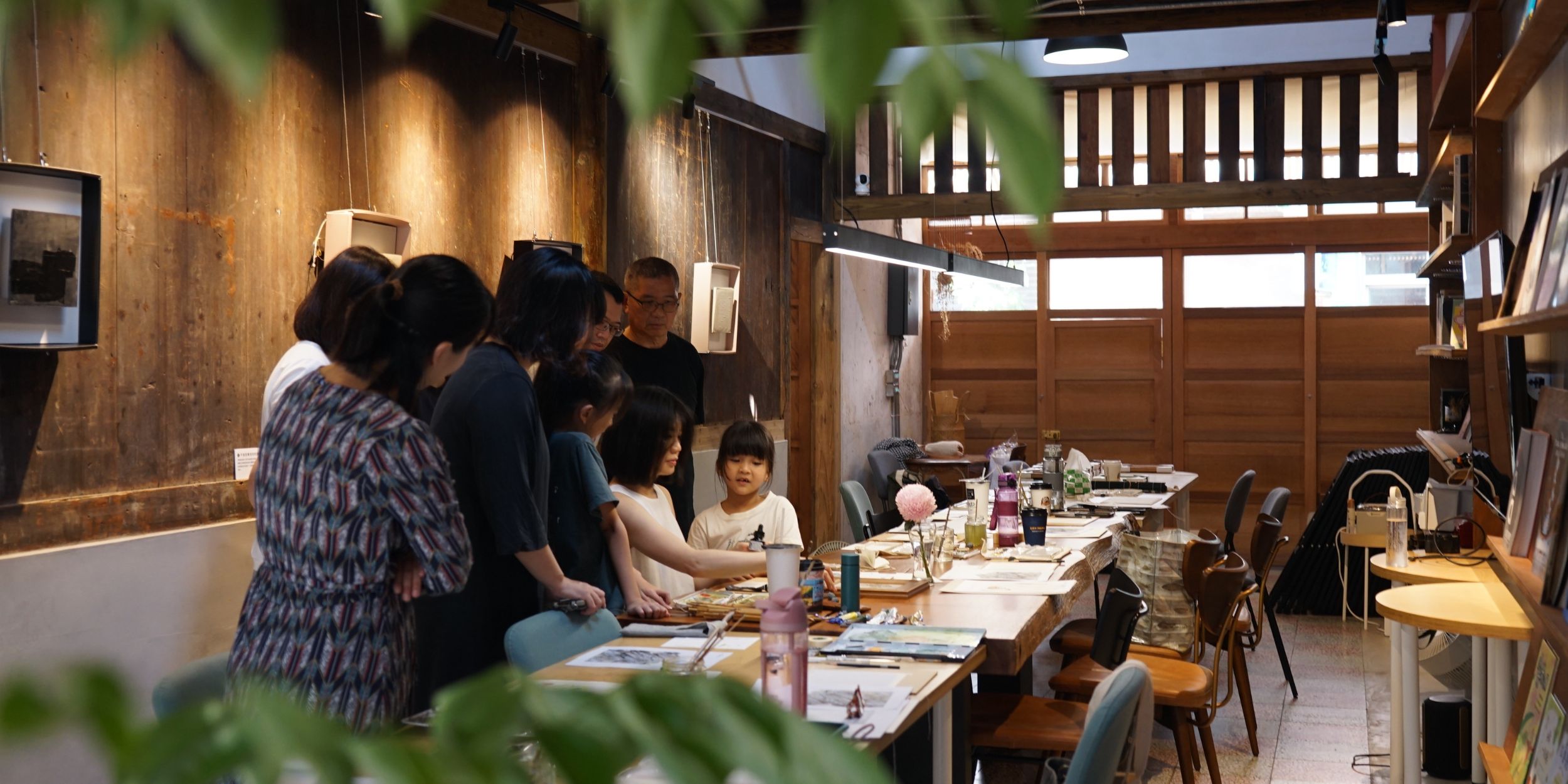
2. What first drew you to working with paper as a creative material?
Wan Lin Chang:
My love for reading and writing is a memory that traces back to childhood. To me, paper is a poetic and paradoxical material—light yet weighty, fragile yet resilient.
Beyond its everyday use and my habit of collecting handmade paper, my earliest encounter with paper as a medium began in primary school, when a history lesson introduced the origins of papermaking. I learnt about Cai Lun, who invented paper around 105 CE during the Eastern Han dynasty, and that sparked my own experiments with making paper
Through these experiments, I discovered that paper can be torn, pulped, reassembled, layered, and remade. Its capacity for transformation—its potential to be stretched, reimagined, and reborn—was what first drew me to it.
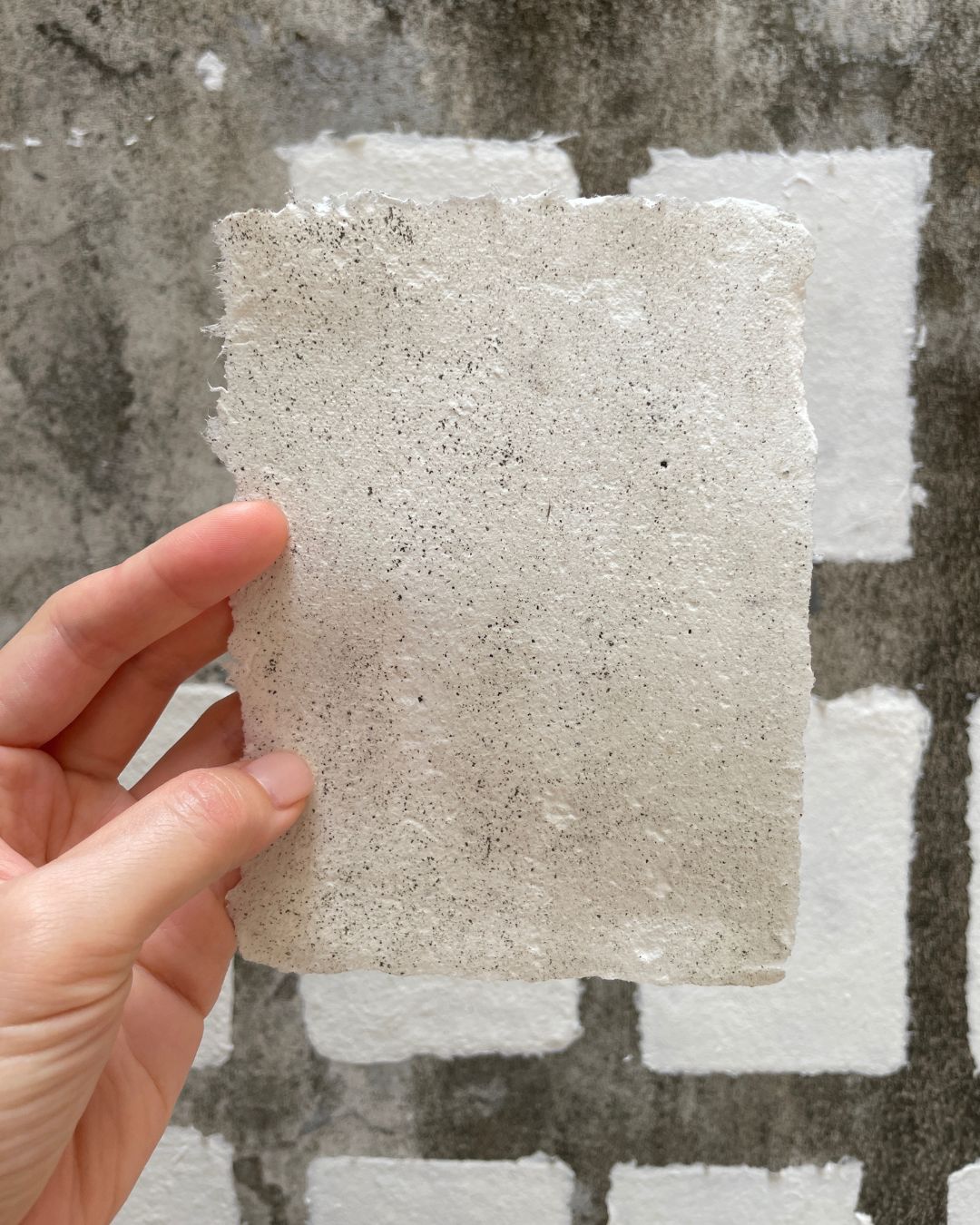
最初是什麼吸引你開始以紙
張作為創作媒材?
張婉琳:
喜愛閱讀與書寫是從小就有的記憶,紙張對我而言是一種具有詩性與矛盾的存在,可以輕盈可以厚重,在脆弱的同時又可以堅韌。除了日常的使用與手工紙張的收集,最早因為小學歷史課程介紹紙張的起源,約西元105年東漢時代的蔡倫造紙,於是開啟了自己造紙的實驗,透過此造紙的實驗,紙張可以被撕裂、碾碎、重組、堆疊、再造,其材質可被延伸的無限可能是最早吸引的我的地方。
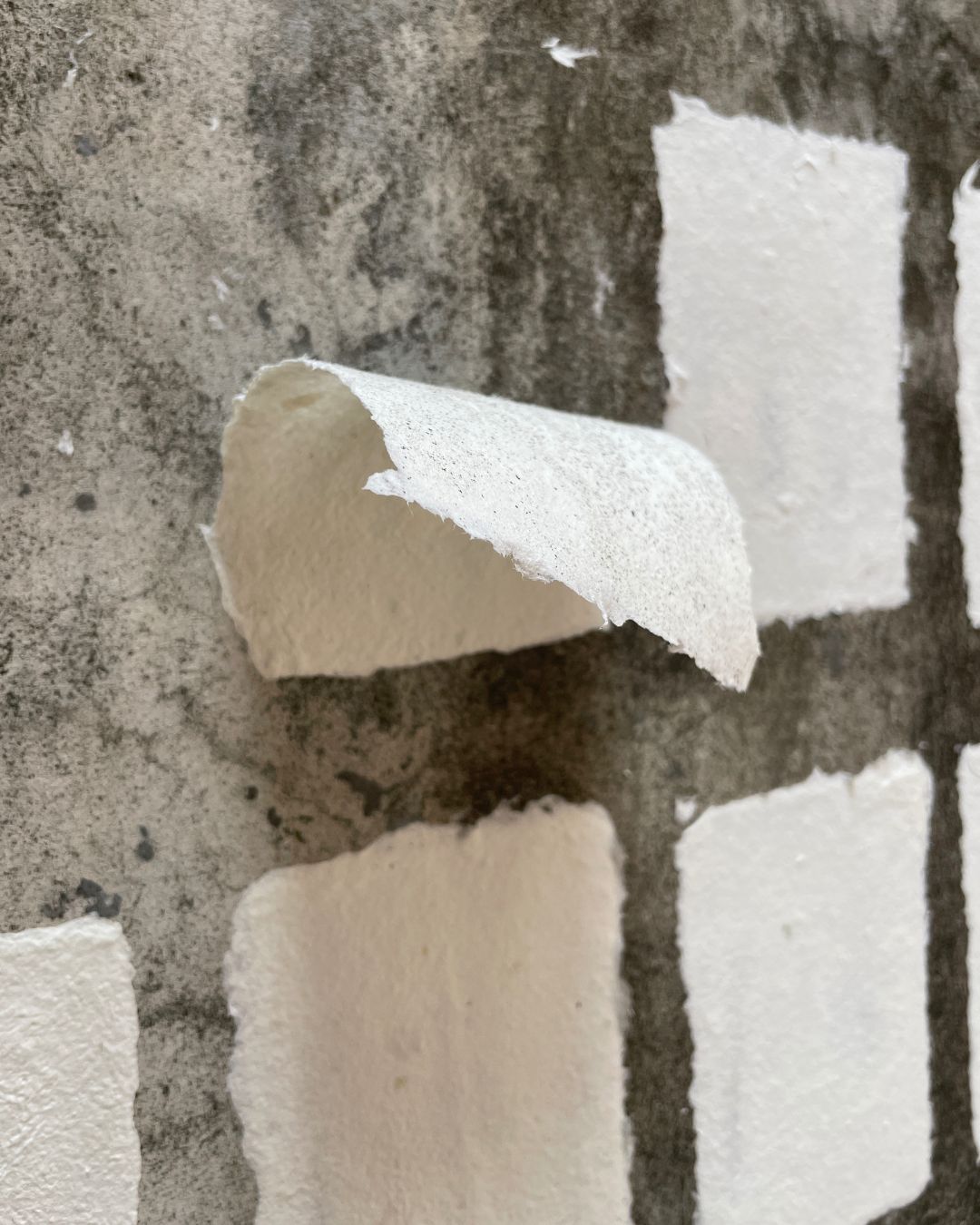
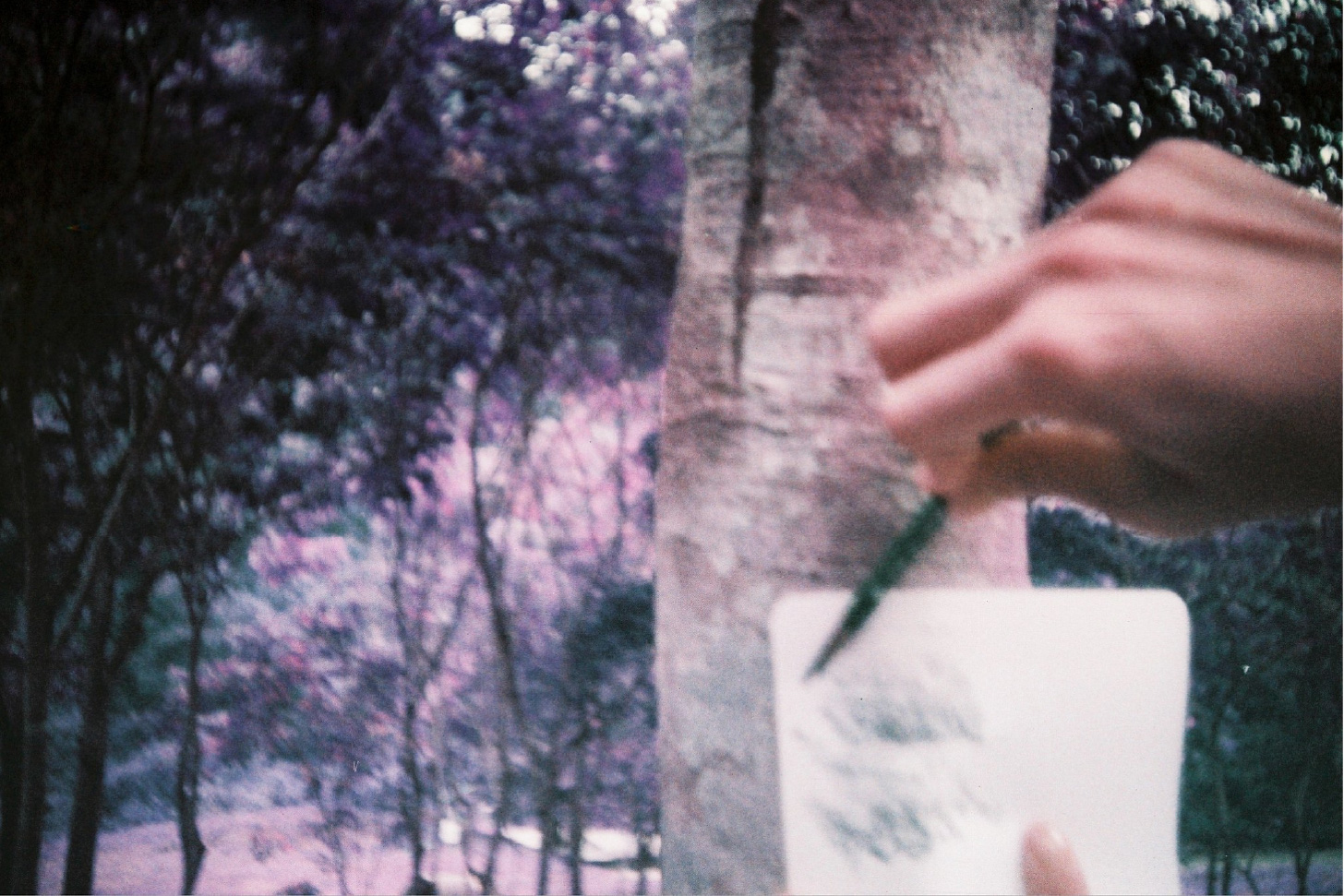

3. Can you tell us a bit about your artistic journey so far?
Wan Lin Chang:
I grew up in Houli, Taichung, in a family that has been making saxophones for over sixty years. Since I can remember, I’ve wandered the streets of our ancestral home, watching my grandfather and his generation craft musical instruments. My father works in construction, and my mother is a fashion designer. The presence of materials—and the act of building something from nothing—was always a natural part of daily life.
Taiwan was under Japanese colonial rule for about fifty years, and my grandparents were deeply shaped by Japanese education and culture. As I watched them assemble brass instruments and carve birds and flowers into the metal bodies, I also listened to them tell Japanese myths and sing old Japanese songs.
I often visited my father’s construction sites, many of which were located along the edges between city and nature. I observed the tying of steel bars, the mixing of concrete, and the weight of brick structures. At my mother’s worktable, fabric was cut and stitched into three-dimensional forms that could be worn on the body.
These experiences—of observing, touching, transforming—were all forms of cultural translation and reception. Using the materials around me to make something has always felt instinctive. In many ways, this practice of responding to what’s close at hand has become the core of my creative work today.

請與我們分享你至今的藝術旅程?
張婉琳:
我生長在台中后里製作薩克斯風的家族,家族製造樂器已經超過60年的時間,從我有記憶以來,我就在祖父輩們製造樂器的老家街道中觀看。父親從事營建業,母親從事服裝設計。材料的接觸,無中生有的建構,是日常裡很輕易可以進入的部分。
日本殖民台灣約50年的時間,祖父輩們深受日本教育與文化的養成,我邊看著這些銅樂器在他們手裡製造與組裝,在管身上雕出花鳥,邊聽著他們說著日本神話與唱著日本歌謠。
父親的工地也是我經常拜訪的場域,這些場域經常會在城市與自然的邊界,那些鋼筋的綑綁,混泥土的攪拌,磚瓦堆砌的量體;到母親的工作台上,將布料透過裁剪,車縫而成為一件件可以穿上身的立體結構。都是文化的位移與接收。
以身邊的材料做點什麼,似乎就如此的組成了我現在所有創作的部分。
4. What are you most looking forward to exploring during the five-day workshop?
Wan Lin Chang:
We began with the pictographic character for “water” as the starting point of this project. It symbolises flow, transformation, and vitality—and also the origin of writing itself. I hope participants, through a walk and gathering process that begins at the River Thames, will reflect on the relationships between creation and environment, body and memory. Through the traces we collect, we will together weave a sketchbook that belongs uniquely to this shared experience.
The Mediation is a work born from walking, observing, and touching—a process of collecting materials through embodied encounters. The first texture came from a piece of bark I took a rubbing from in nature, and from that moment began an unpredictable and uncharted journey of discovery. It opened up a vast archive of earthly elements waiting to be gathered.
Each rubbing is shaped by deliberate choices: the thickness, softness, and tone of the paper; the pressure of the ink; the intensity and subtlety of its shades; and the techniques used in each application. These decisions give the act of rubbing its own distinctive artistic expression—transforming it into a deeply personal chronicle, a tactile kind of memoir.
在這五天的工作坊中,你最
期待探索的是什麼?
張婉琳:
我們以象形文字中的「水」為起點,作為此次創作的引子。它象徵著流動、變化與生命力,也象徵書寫本身的發源。我期待參與者能在這場以泰晤士河出發的散策與採集過程中,思考創作與環境,身體與記憶之間的關係,並透過這些印記,共同編織一本屬於此次經驗的畫冊。
The Mediation作品,就是如此在我行走、觀看與撫摸而延伸的資料收集,質感肌理是從在自然裡所拓下的第一塊樹皮,開啟了這一段無法預知/預支的趣味,也開始了這個地球元素所存在的龐大資料庫收集。拓印每個所被選擇的細節包括紙張的厚度、柔軟、色澤,施墨的力道,墨色的深淺濃淡,與施作的每一個技巧,都讓拓印這個行動擁有獨特的藝術表現。也成為一個更個人的編年史。


5. The workshop promises a creative journey through paper – how do you interpret that phrase in your own practice?
Yi Chen Li:
Through the various possibilities that paper as a medium can shape, it becomes a vessel for expression. By using paper, each person can interpret the essence of their creation as perceived through interactions between the body and the environment.
此工作坊承諾帶領大家進入一段關於紙的創意旅程 – 你會如何在自己的創作中詮釋此句話?
李宜蓁:
透過紙張可以形塑的各種可能性,作為書寫的介質。透過紙的媒材來演繹每個人由身體與環境互動之下,所感知的創作內涵。
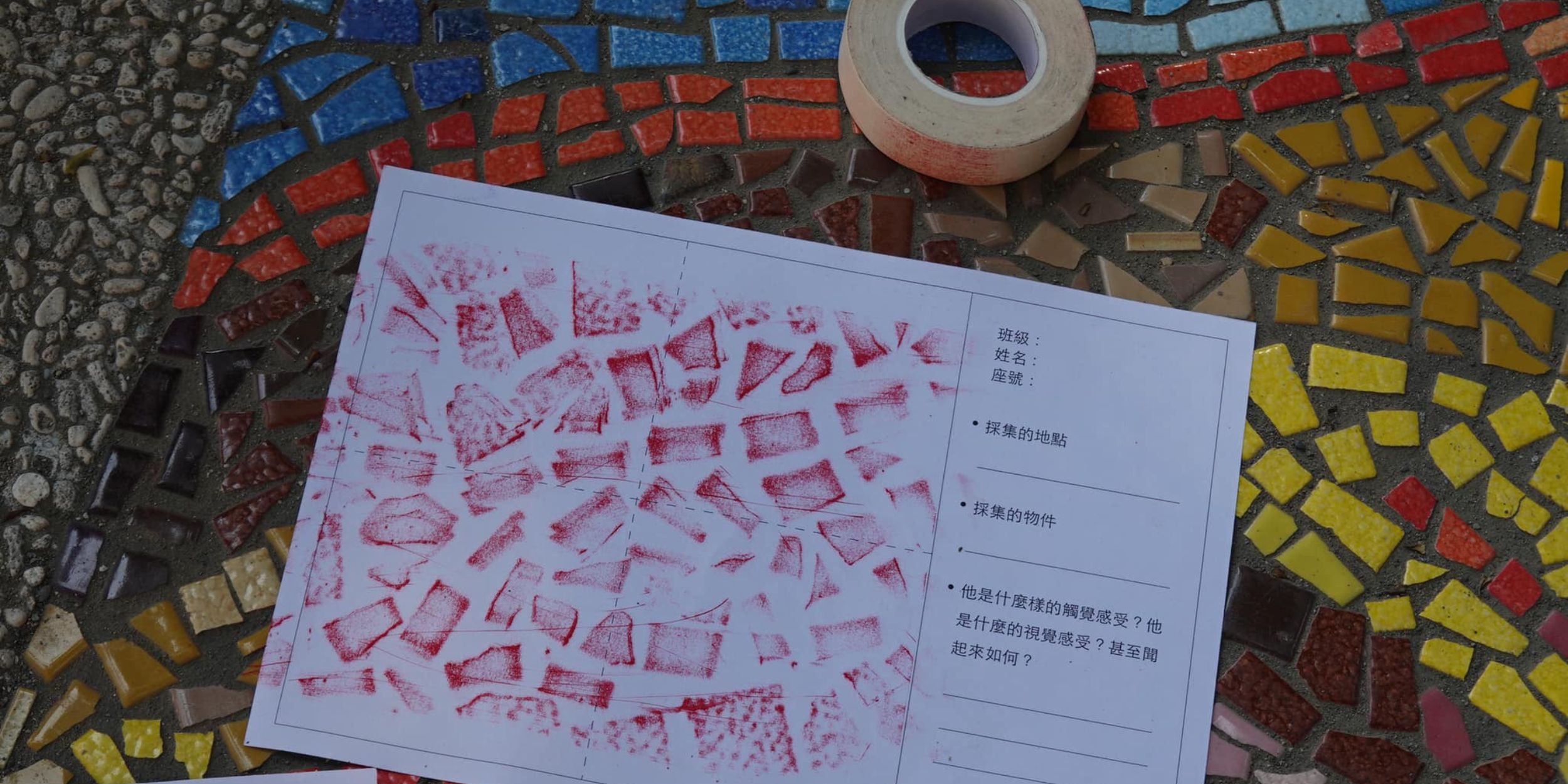

6. Will you be approaching the workshop with a specific idea or open to where the process takes you?
Yi Chen Li:
I’m deeply looking forward to the journey itself, so I choose not to anticipate a fixed outcome. While I may begin with a loose vision of possible processes and forms, I’m also aware that such expectations can become limiting. I hope to remain open and fluid throughout, allowing the unexpected to emerge and lead the way.
你會帶著一個明確的想法來參加此工作坊,還是會保持著開放的心態前往未知的方向?
李宜蓁:
很期待這趟旅程的過程,所以不預設任何結果。會有初步我們想像得到的一系列過程及完成品。但也擔心會將想像限制,所以盡可能的在過程中保持開放自由的心情,期待任何可能的發生。
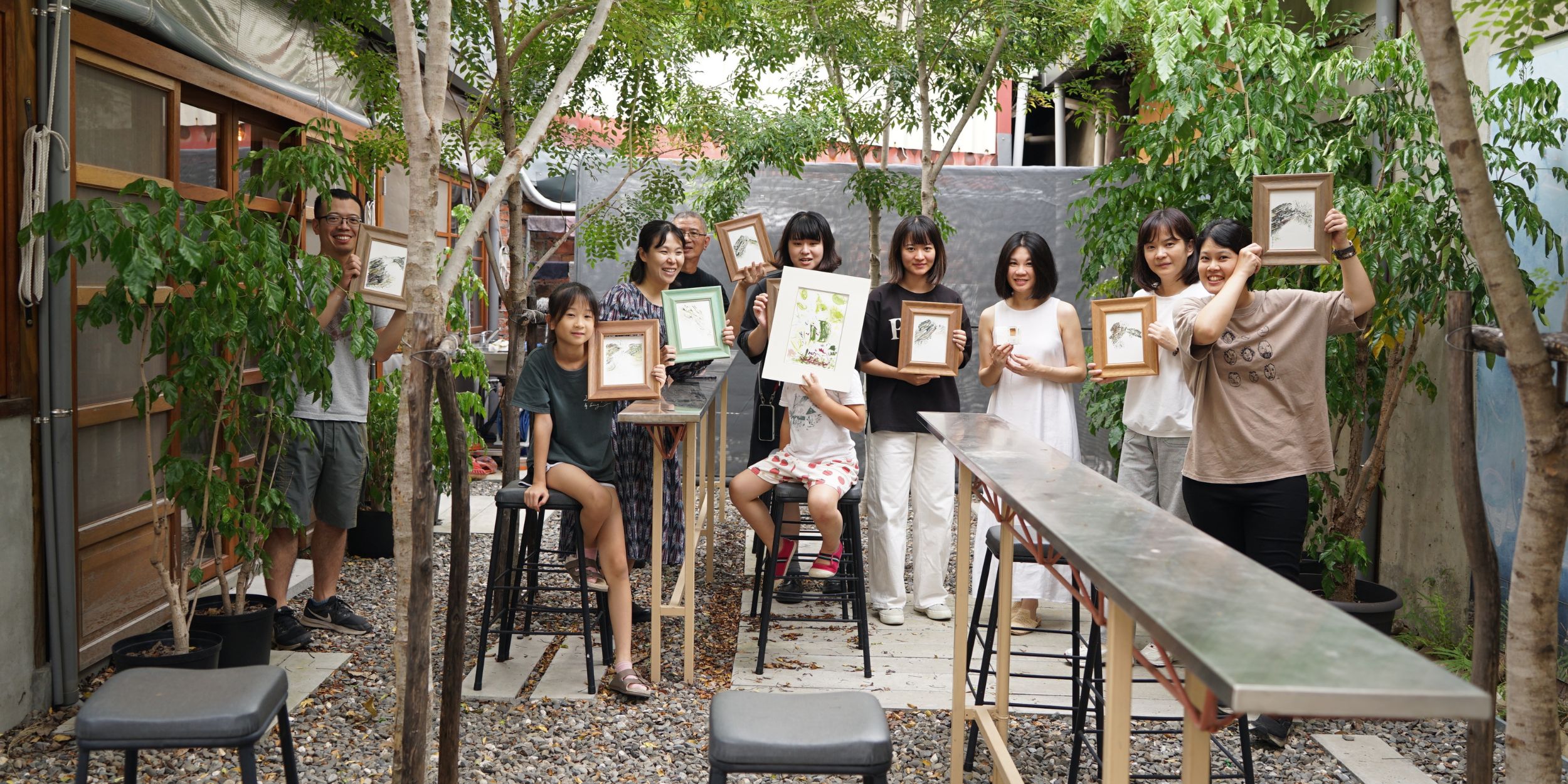
7. How do you usually approach material exploration in your work?Has paper featured heavily before?
Wan Lin Chang:
Whether it’s materials I’m frequently in contact with, or new ones introduced through commissions, I tend to spend a long time deconstructing and experimenting—seeking how each material can reveal its own essence.
Beyond the regular use of paper in my paintings, I studied Designing Book Structures at the London College of Communication, learning to construct books from the ground up. Drawing inspiration from Italo Calvino’s Invisible Cities, I explored book-cutting as a sculptural language. In this way, paper—both in its disappearance and presence—has become a central element in my artistic practice, constantly shifting between form and concept.
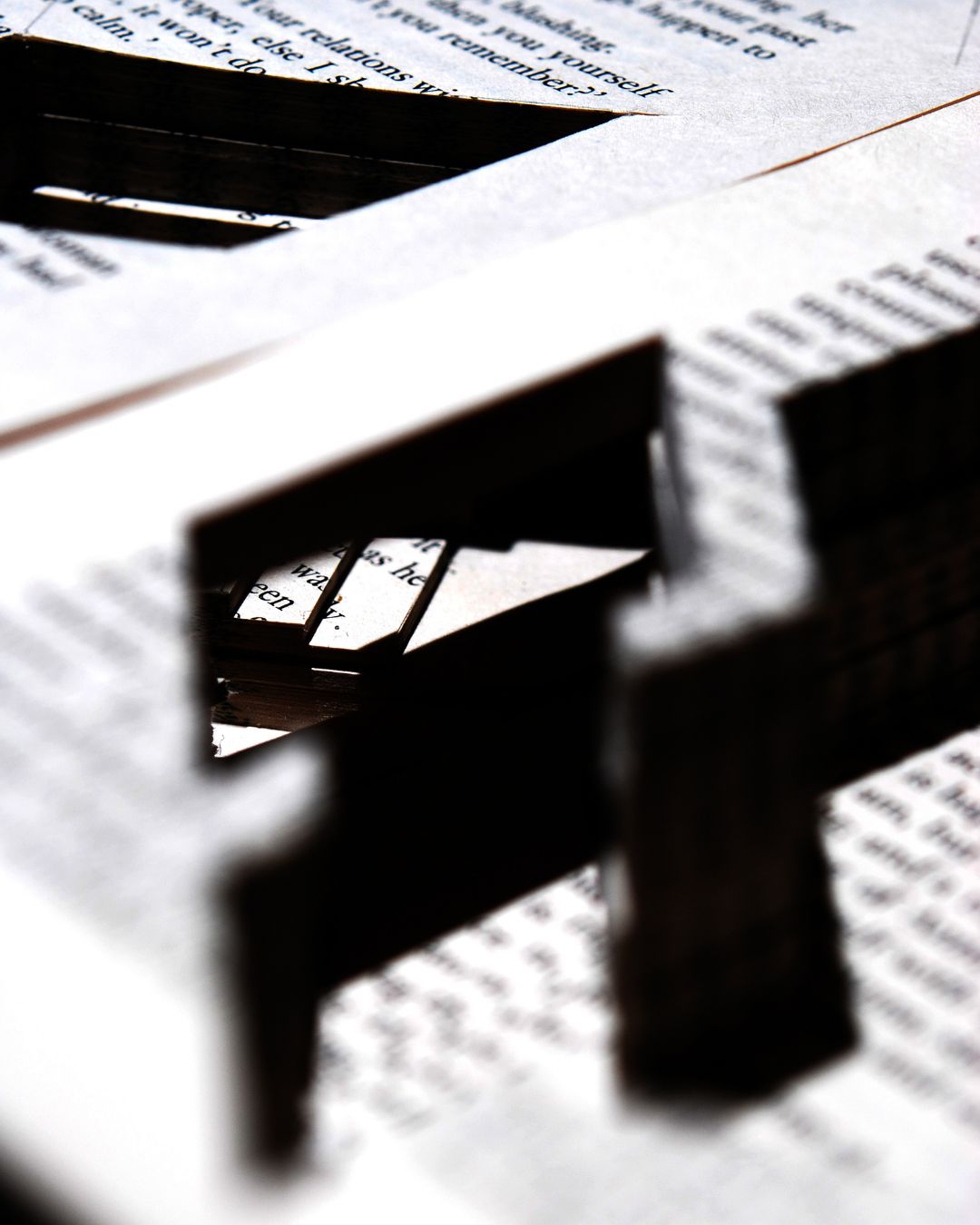
你通常是如何在創作中進行材料探索的?紙張在你的作品中曾經扮演過重要角色嗎?
張婉琳:
不論是我經常接觸的材料或是因為創作委託的需求而接觸新的材料,我通常會花很長的時間拆解與實驗他們如何在本質裡當自己的樣貌。
除了繪畫作品會常態的使用紙張外,在倫敦傳播學院學習書本設計結構,建構紙張從無到有的裝幀過程,與看不見的城市從伊塔羅‧卡爾維諾的文學作品中汲取靈感,以書本切割來詮釋雕塑。看見紙張在消逝與存在的變動狀態中,都在藝術實踐裡扮演很重要的角色。
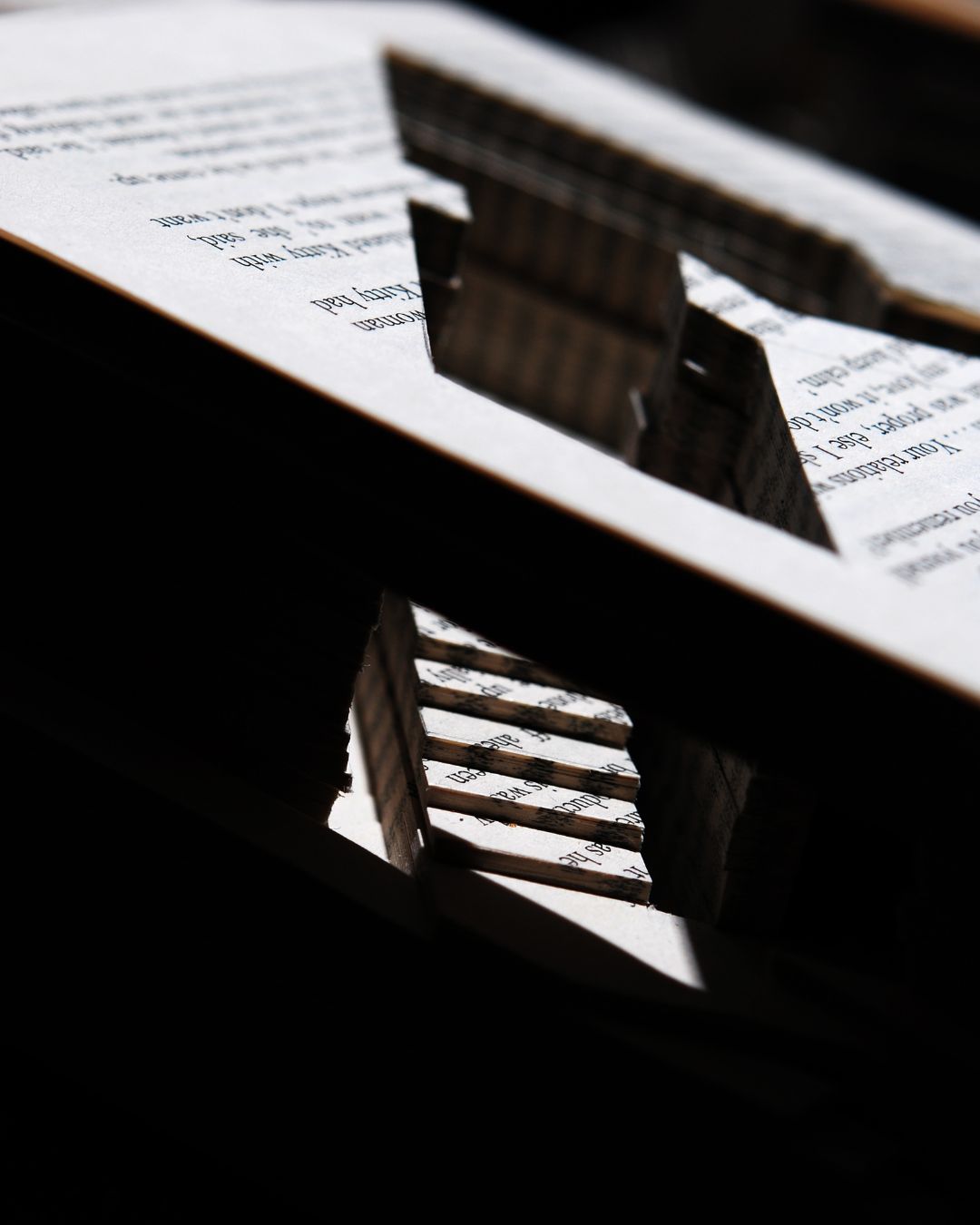
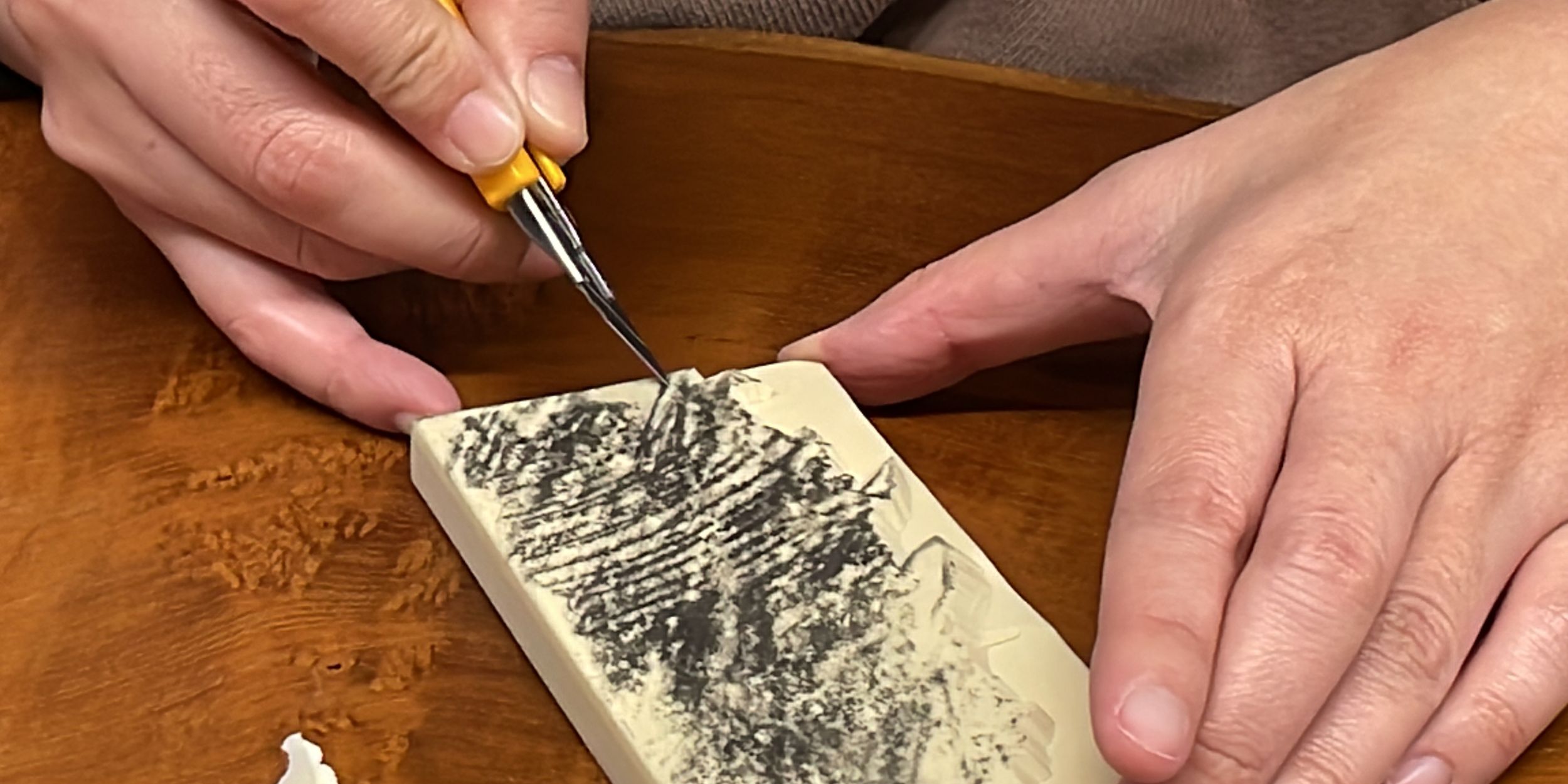
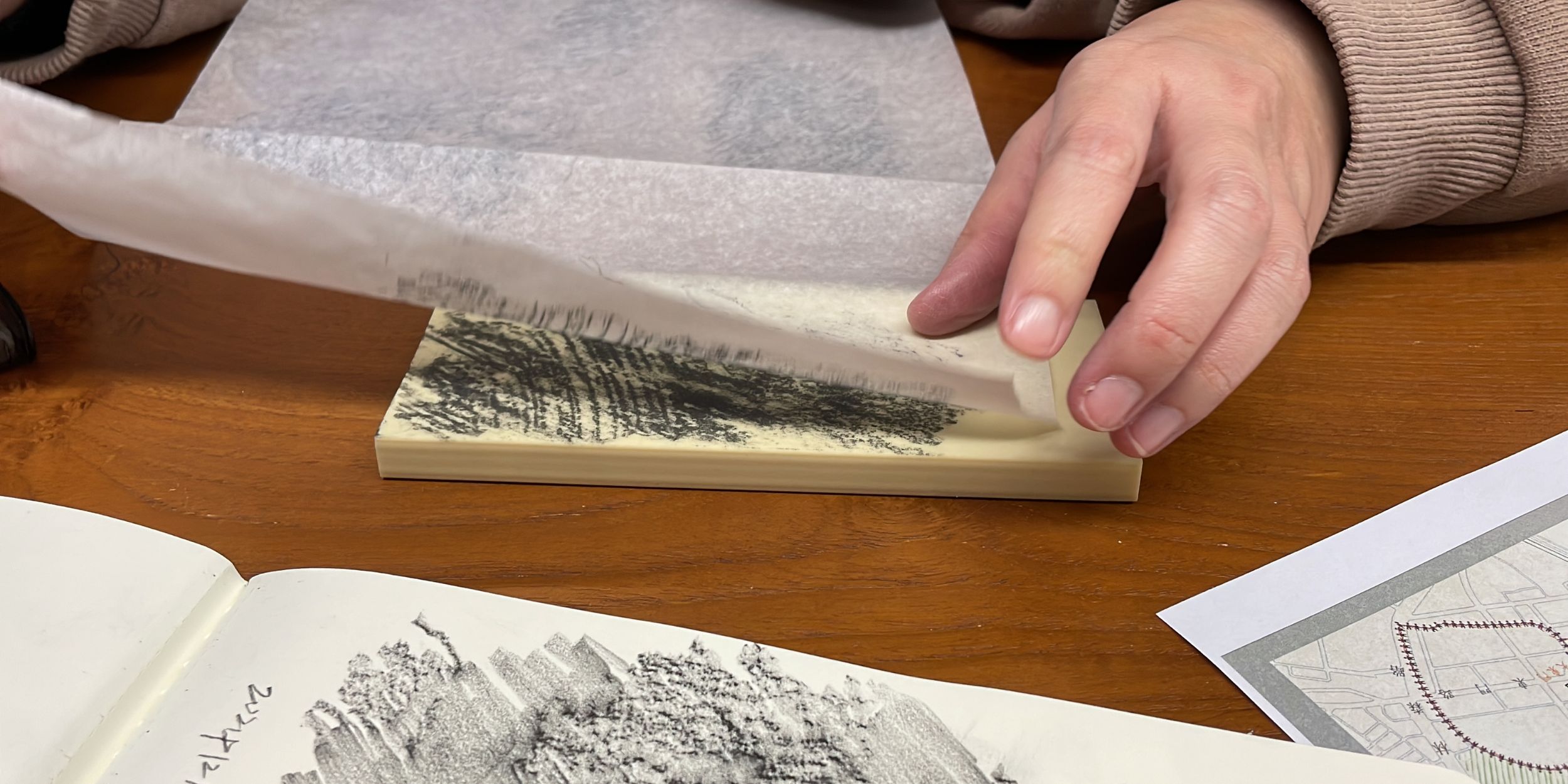
8. How do materiality and texture influence the themes in your work?
Yi Chen Li:
Material and texture reveal their subtleties most vividly through direct bodily engagement—through touch, imprint, and the traces they leave behind. Beyond the visible patterns of rubbing or pressing, there emerges a deeper connection with the surrounding environment. This interplay is an essential part of my creative process, becoming a language shaped through intimate dialogue with the self.

材質與觸感如何影響你的創作主題?
李宜蓁:
材料和質感會在實際身體碰觸及拓印所呈現的狀況下,顯得更為細緻。觀察除了拓印後的紋理以外,也與環境產生一種深刻的連結。對於創作這是很重要的一部分,同時也顯現了與自身互動所產出的語言。

9. Do you see this workshop informing or evolving your practice in a new direction?
Yi Chen Li:
To share the lived culture nurtured by the land I grew up on with like-minded artists from different parts of the world is, in itself, a beautiful form of inspiration and renewal.
I hope this workshop can be the beginning of a continuing journey—one that opens up new forms of dialogue and exchange with people across the globe through this kind of creative gathering.
你認為此次工作坊會如何啟發你,或讓你的創作方向產生新的轉變?
李宜蓁:
可以帶著自己生長的土地裡滋養的生活文化與不同國家的同好們分享,本身就是一場很美好的啟發與創新。希望這個工作坊可以作為這系列的起始,透過這樣的形式與世界各地的人產生不同的對話及交流。
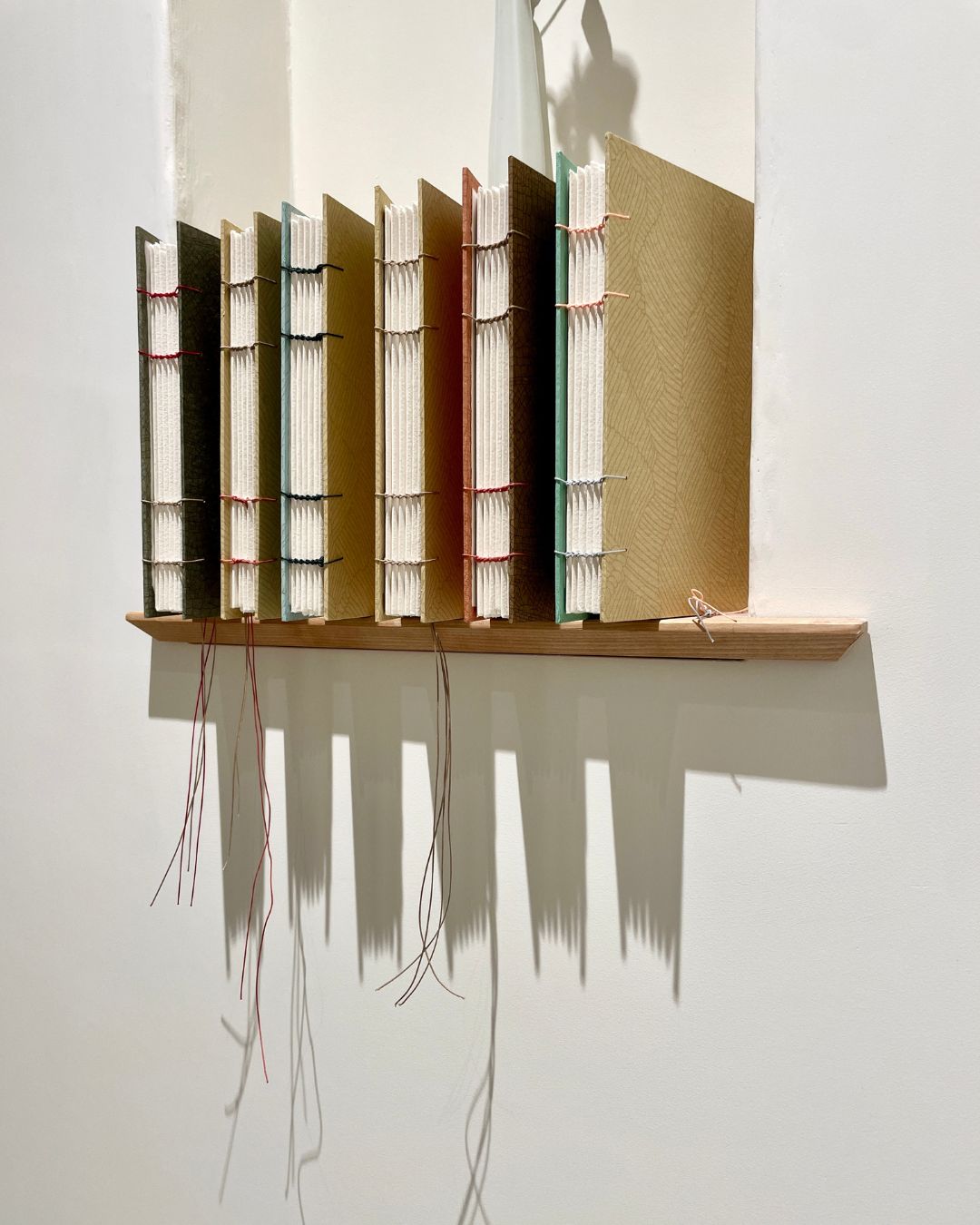

10. Are there any artists, writers, or moments in nature that have influenced how you work with organic or fragile materials like paper?
Wan Lin Chang:
I began practising calligraphy at the age of ten, using copybooks based on the works of Ouyang Xun. These copybooks were derived from stone rubbings, faithfully and proportionally presenting the original scale and form of the characters.
The xuan paper used in calligraphy—delicate, translucent, endlessly extendable in scroll form, yet remarkably absorbent and resilient—profoundly shaped my understanding of paper as a material.
是否有哪位藝術家、作家,或自然經驗影響你對紙張這有機且脆弱材質的使用?
張婉琳:
我從十歲開始練習歐陽詢的字帖,這些字帖都是從拓碑而得來,真實且等比的呈現字體的尺寸與型態,而書法用的宣紙,薄透的無限延伸成卷且有強韌的吸墨特性,影響著我對於紙張的理解。

11. You’ll be working alongside two other artists – how do you feel about collaboration or working in shared creative environments like this?
Yi Chen Li:
This collaboration offers a meaningful opportunity to bring together the depth of experience each of us carries from our respective fields. Through the shared language of art, we are able to engage in a thoughtful exchange that allows new insights to emerge.
In today’s increasingly interconnected world, I see interdisciplinary collaboration not only as a natural progression, but also as a powerful way to explore new interpretations and broader perspectives.
你將與另外兩位藝術家一同創作 – 對於此合作或共享創意空間的形式 , 你有何感受?
李宜蓁:
這次的合作是很特別的經驗,透過我們三個人長時間以來的累積於各自專業的領域,透過藝術來迸出不一樣的火花,是個很有趣的體驗。 相信在這個多元世代的潮流中,跨領域的合作將會是未來很有趣的方向,用不一樣的視角去詮釋各種可能性。
12. How does the setting of the City & Guilds of London Art School influence your expectations for the week?
Luke M Walker:
With its long history in the Arts and Crafts, the School offers an almost unique place in London to be able to offer such a diverse range or short courses in everything from stone carving to urban street art. Small group sizes mean more opportunities for discussion and exploration too. As a Visiting Fine Art Tutor on the BA programme I take the students out on walks in and around the city. The School is perfectly situated for easy access to walks up to the river and further afield, giving the students an opportunity to see how the environment around them can help inform an art practice.
City & Guilds of London Art School 的環境如何影響你對這一週課程的期待?
路克沃克:
學校擁有悠久的工藝與藝術傳統,使它成為倫敦少數提供如此多元與短期課程的地方,內容涵蓋從石雕到塗鴉等各種領域。小班制的教學也意味著有更多討論與探索的機會。作為大學部客座藝術指導老師,我經常帶著學生在城市內外散策。
學校絕佳的地理位置,步行即可抵達泰晤士河或更遠的地點,讓學生有機會親身感受環境如何啟發藝術創作的實踐。